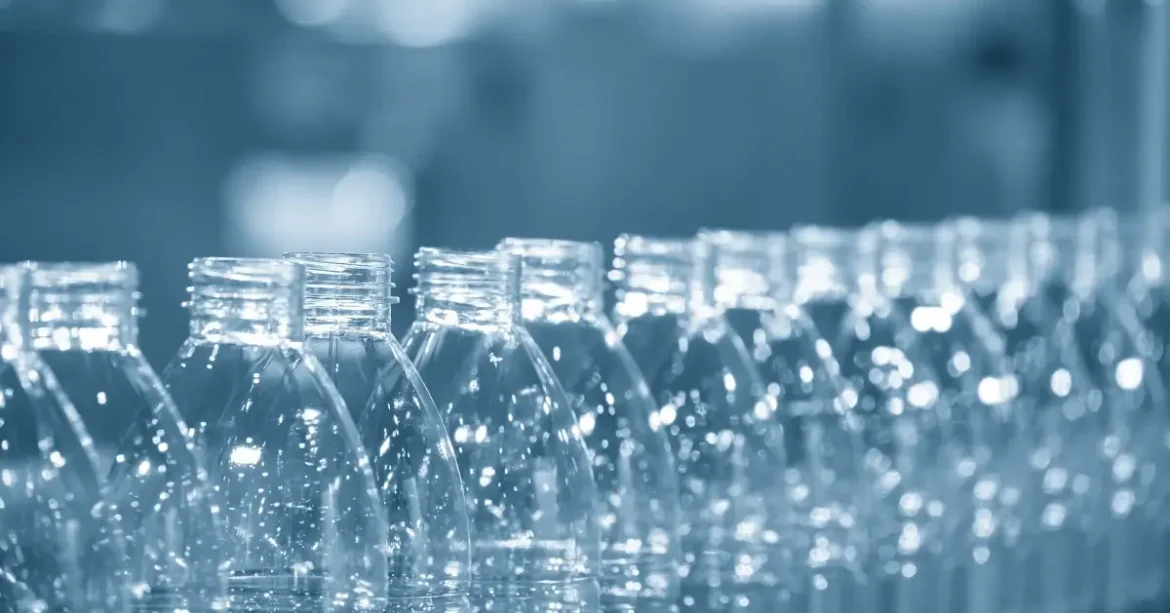Under the frequently used abbreviation PET lies a mysterious name: polyethylene terephthalate. Every day one hears more and more about its impact on the environment. Is all of this information true? What is PET plastic really and what does it mean for us in practice? Let’s take a closer look.
History
PET is first and foremost a plastic, with a history dating back to 1941. Its versatile applications attracted huge interest from many manufacturers and led to the mass sale of the patent. The polymer itself is characterised by its high resistance to external factors (such as impacts) and chemical agents, while also being lightweight and coming in many forms. Furthermore, thanks to its transparency, it is versatile and can be completed in the colour of your choice. Resistant to abrasion and easy to transform. It has gained many fans over the years and has largely replaced other, less environmentally friendly plastics.
APPLICATION
PET is used in virtually every industry. In the food industry, it is used to produce such packaging as bottles, trays, films and plastic jars. It is also used as a material to create some fabrics, car parts or plastic parts for everyday objects. Due to its low production costs, it is used almost worldwide.
Recycling
The plastic itself is fully recyclable. To this end, it should be properly sorted and washed in the initial phase and then recycled either mechanically or chemically. As a result, it can be reused to create new products. The key to this process is its proper segregation, which will enable it to be recycled and to which each of us can attach importance.


